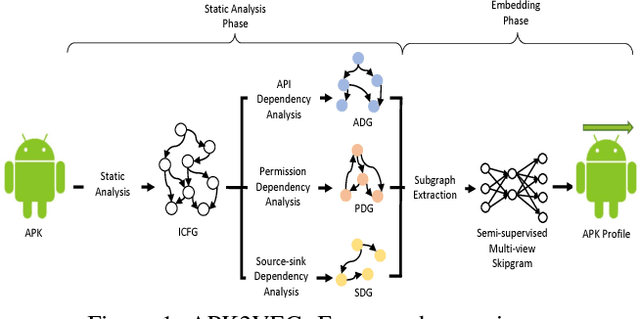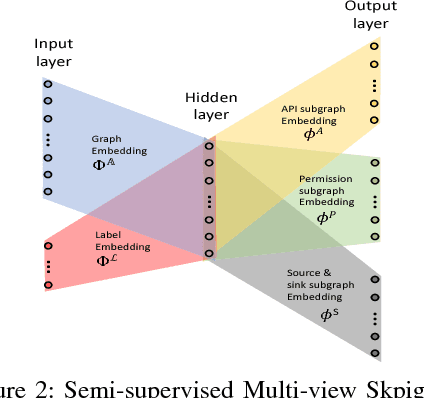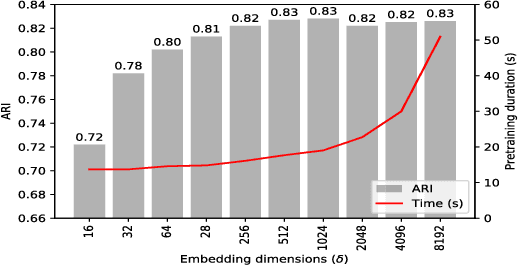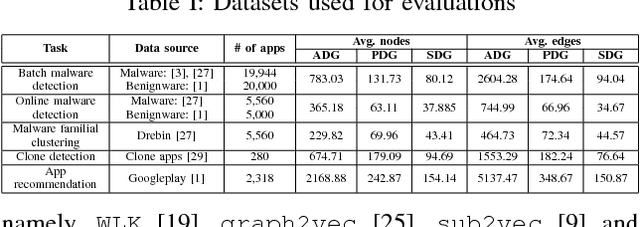Charlie Soh
LA-HCN: Label-based Attention for Hierarchical Multi-label TextClassification Neural Network
Sep 23, 2020



Abstract:Hierarchical multi-label text classification(HMTC) problems become popular recently because of its practicality. Most existing algorithms for HMTC focus on the design of classifiers, and are largely referred to as local, global, or a combination of local/global approaches. However, a few studies have started exploring hierarchical feature extraction based on the label hierarchy associating with text in HMTC. In this paper, a \textbf{N}eural network-based method called \textbf{LA-HCN} is proposed where a novel \textbf{L}abel-based \textbf{A}ttention module is designed to hierarchically extract important information from the text based on different labels. Besides, local and global document embeddings are separately generated to support the respective local and global classifications. In our experiments, LA-HCN achieves the top performance on the four public HMTC datasets when compared with other neural network-based state-of-the-art algorithms. The comparison between LA-HCN with its variants also demonstrates the effectiveness of the proposed label-based attention module as well as the use of the combination of local and global classifications. By visualizing the learned attention(words), we find LA-HCN is able to extract meaningful but different information from text based on different labels which is helpful for human understanding and explanation of classification results.
apk2vec: Semi-supervised multi-view representation learning for profiling Android applications
Sep 15, 2018



Abstract:Building behavior profiles of Android applications (apps) with holistic, rich and multi-view information (e.g., incorporating several semantic views of an app such as API sequences, system calls, etc.) would help catering downstream analytics tasks such as app categorization, recommendation and malware analysis significantly better. Towards this goal, we design a semi-supervised Representation Learning (RL) framework named apk2vec to automatically generate a compact representation (aka profile/embedding) for a given app. More specifically, apk2vec has the three following unique characteristics which make it an excellent choice for largescale app profiling: (1) it encompasses information from multiple semantic views such as API sequences, permissions, etc., (2) being a semi-supervised embedding technique, it can make use of labels associated with apps (e.g., malware family or app category labels) to build high quality app profiles, and (3) it combines RL and feature hashing which allows it to efficiently build profiles of apps that stream over time (i.e., online learning). The resulting semi-supervised multi-view hash embeddings of apps could then be used for a wide variety of downstream tasks such as the ones mentioned above. Our extensive evaluations with more than 42,000 apps demonstrate that apk2vec's app profiles could significantly outperform state-of-the-art techniques in four app analytics tasks namely, malware detection, familial clustering, app clone detection and app recommendation.
 Add to Chrome
Add to Chrome Add to Firefox
Add to Firefox Add to Edge
Add to Edge